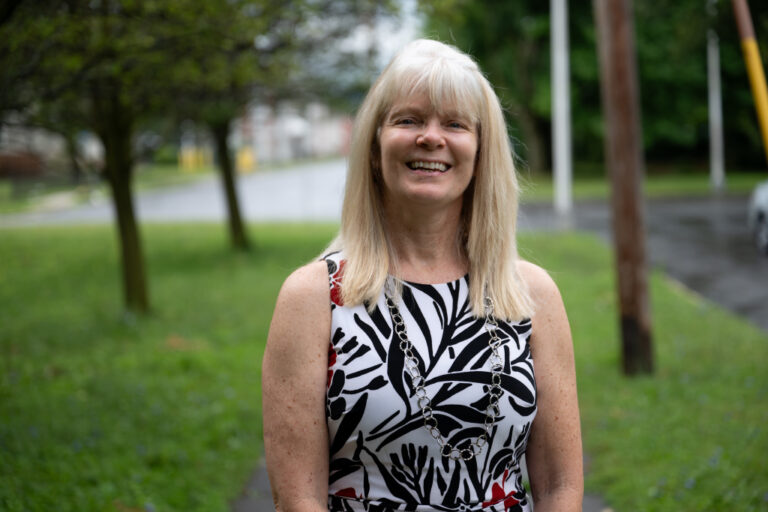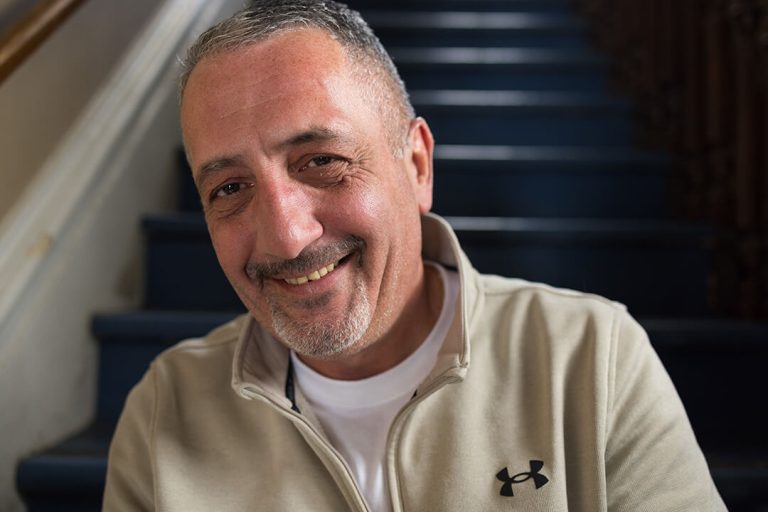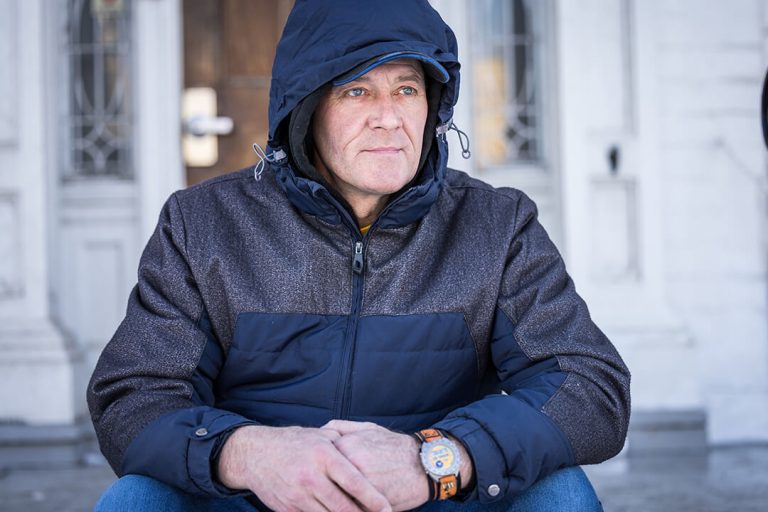Sometimes in Utica, non-opioid drugs test positive for the powerful opioid fentanyl.
That means users potentially could overdose without ever knowing they took an opioid.
One local man in recovery said he made that discovery while using fentanyl test strips handed out by ACR Health.
“I was surprised,” said Cory, whose last name is being withheld at his request because of his candid descriptions of his own drug use. “I’ve had cocaine and molly test positive for fentanyl as well as most of the heroin that we get. It’s really scary.”
Opioid use, intentional or not, still is raging in Central New York. In the first six months of the year, 24 people died of opioid-related overdoses in Oneida County, compared to 34 in all of 2018, according to Oneida County Health Department data.
But many professionals now say that opioids are one part of the local story when it comes to drugs. Some treatment providers are seeing more non-opioid drugs popping up on toxicology screens or being reported by patients. Many drug users are taking multiple drugs, often, though not always, intentionally.
“I don’t like talking about the opioid epidemic,” said Michele Caliva, administrative director of the Upstate New York Poison Center. “That is such a misnomer. There is an emerging drug epidemic. … It’s also a lot of different experimentation.”
Poison center data for Upstate New York doesn’t show all usage trends; it only includes data on call made when someone is sick, Caliva pointed out. But the data she has is showing more use of synthetic drugs; the nerve pain and seizure medication gabapentin; research chemicals similar to the opioid fentanyl, but without any approvals for human use; and methamphetamines, of which use had been waning.
Recent overdoses in Oneida County
Oneida County collects real-time data on drug overdoses to which law enforcement responds. This data does not include the many overdoses in which bystanders revive victims with Narcan or take victims directly to an emergency room. And the suspected drugs are based on evidence at the scene, not toxicology screens by the medical examiner’s office, which can take months.
The most recent county data shows, as of Sept. 4:
• A total of 272 overdoses this year
• 25 fatal overdoses this year
• 58 overdoses, 10 of them fatal, in March, by far the highest monthly total
• Heroin was the suspected drug involved in 155 overdoses and prescription pills in 55 overdoses.
• Other drugs suspected to be involved in overdoses include: aerosol, 1; cocaine, 4; crack, 1; fentanyl, 3; methamphetamine, 2; over-the-counter medications, 9; Suboxone, 2; and other, 6.
• The drug behind the overdose was not known in 29 cases.
Old drugs that haven’t been used much lately are suddenly showing up again, too, she noted. “We haven’t seen ketamine in a long time, but I now hear it’s resurging on college campuses,” she said, adding that it’s being vaped in Juuls. And use of cocaine, which Caliva had taken out of her Power Point drug presentation, is up, too, she said.
Locally, not everyone who tracks drug use is seeing exactly the same trends — although opioids remain the top drug everywhere — but here’s some of what’s being reported in Oneida County:
• The Community Recovery Center at Rome Memorial Hospital has seen an increase in gabapentin use among clients with and without prescriptions, said Director Ashlee Thompson. “More and more clients are coming in with valid prescriptions for gabapentin and, as they progress through treatment, we find they are abusing their medication,” she said.
Gabapentin, opioids and methamphetamines are the most commonly used drugs they see, she said.
• The Beacon Center, which runs programs in Utica, Rome and Herkimer, is seeing greater use of synthetic drugs along with opioids in more rural areas, said Admira Sphahic, director of program operations.
• The Oneida County jail began tracking methamphetamine use among inmates in January. As of mid-June, 31 inmates had been identified as using methamphetamine upon entry, compared to 121 opioid users, said Chief Deputy Gregory Pflieger, speaking before his recent retirement. But those meth users weren’t just using methamphetamines.
“Out of the 31 that we have here, only seven have identified with meth use only,” Pflieger said. “The other 24 have a combination of, it looks generally to be heroin, cocaine and there’s one with PCP.”
• “One thing that we’re beginning to see is crystal meth,” said Sgt. Toby Lindfield, of the Oneida County Sheriff’s Office. It’s made through a different process than other methamphetamine and is imported into the area, he said.
• The Addiction Stabilization Center at the Rescue Mission of Utica has seen gabapentin (although more last year), synthetic drugs like K-2 (synthetic marijuana) and molly, and methamphetamines, said Nicole Cozza-Siriano, clinical services coordinator.
“Every opiate user that walks through the door here has been using methamphetamine on top of it,” she said. “Crack is back. I hate to say that. There was a time that people weren’t using crack cocaine, but now they are again.”
And although some patients report multiple drug use, some are surprised by the results of their toxicology screening, which might show five or six different drugs,” Cozza-Siriano said. “They’re shocked,” she said.
Cory, who currently is a resident of the Addiction Stabilization Center, pointed out that the name molly, which used to refer to a form of the chemical MDMA, is now methylone, a chemical that is similar to MDMA. It can be bought online from overseas, he said.
“It gives you an intense upper rush,” he said. “And it makes people paranoid.”
“It’s not uncommon,” Cory said. “Eighty percent of the people I’m using with only sleep once every five to seven days.”
Taking any illicit drug is risky and combining them can be worse.
“Mixing drugs — whether they’re prescription, over-the-counter or recreational — can increase the risk of side effects, reduce the effectiveness of medications and increase the risk of overdose and death,” Spahic said in an email. “Chronic polysubstance abuse can, over time, lead to deteriorations of your physical and mental health.”
The majority of overdoses with an unresponsive victim are from opioids, Caliva said. But that doesn’t make other drugs safer, she said. For example, people can have a heart attack after taking too much cocaine, she said.
“Clinical symptoms can develop with any one of these types of drugs,” Caliva said. “If you take a certain amount or take something that’s mixed, you’re going to end up with some clinical effects.”
Contact reporter Amy Neff Roth at 315-792-5166 or follow her on Twitter (@OD_Roth).
https://www.uticaod.com/news/20190908/more-users-mixing-drugs





